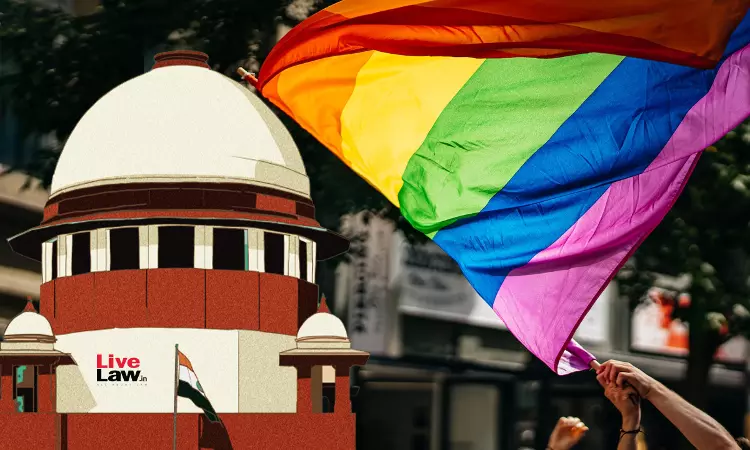Marriage Equality Case: Key Highlights From The Landmark Hearing Before Supreme Court
Padmakshi Sharma
16 Oct 2023 9:40 PM IST

Next Story
16 Oct 2023 9:40 PM IST
The Supreme Court is set to deliver its long-awaited judgment on a batch of petitions seeking legal recognition for queer marriages tomorrow. A five-judge bench, led by Chief Justice of India DY Chandrachud and comprising Justices Sanjay Kishan Kaul, S Ravindra Bhat, Hima Kohli, and PS Narasimha, had started hearing the petitions on April 18, 2023. After rigorous deliberation, the bench...
